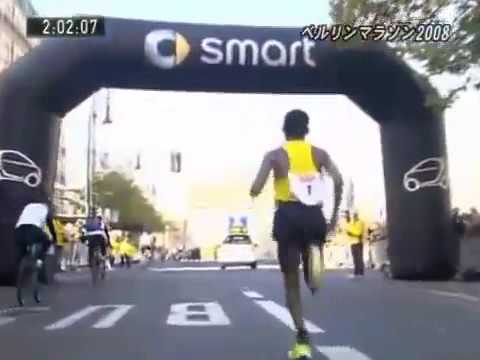Questions for the running physio: “I have flat (pronated) feet hence, I need supportive shoes to reduce my risk of injury”
by Dan Davis, Running Physiotherapist, Exercise Scientist, Elite Triathlete, Marathon Runner, Track Runner. Star Physio
Pronation (or feet that ‘roll in’) has somewhat traditionally been attributed to injury risk, hence the popularity within the running shoe world of ‘supp ortive’ categories of footwear that boast features such as a ‘stiffer mid-foot bridge’ and ‘medial posting’. However, is an absence of strong literature (i.e. good scientific studies) to support this thought process. In fact, one well designed prospective study found that injury risk was actually lower in subjects with a fair amount of apparent pronation (7-10O to be precise). Whilst this study alone is not conclusive to therefore assume more ‘pronated’ or ‘flatter’ feet have a lower injury risk, it adds strength to the argument that perhaps prescribing footwear that seems to ‘correct’ or reduce the movement of pronation may not be as valid as we think.
ortive’ categories of footwear that boast features such as a ‘stiffer mid-foot bridge’ and ‘medial posting’. However, is an absence of strong literature (i.e. good scientific studies) to support this thought process. In fact, one well designed prospective study found that injury risk was actually lower in subjects with a fair amount of apparent pronation (7-10O to be precise). Whilst this study alone is not conclusive to therefore assume more ‘pronated’ or ‘flatter’ feet have a lower injury risk, it adds strength to the argument that perhaps prescribing footwear that seems to ‘correct’ or reduce the movement of pronation may not be as valid as we think.
Did you know that World Marathon Record Holder Haile Gebrselassie is a classic overpronator? Check out these pics and see if you think “overpronation is a problem for him! 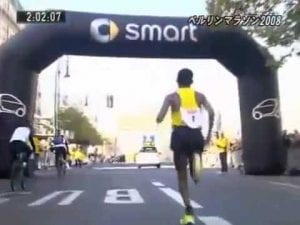
However, when taking into account these ‘discrepancies’ in the literature and indeed before jumping to any potentially irrational conclusions, it’s important to consider the context in which a shoe is being prescribed. For example, there is good evidence to show that some types of supportive footwear can alter loading patterns in the feet, something which is particularly useful in the presence of certain pathologies or in the context of injury management.
As expert running physiotherapists in Western Australia, our aim is to be across the latest literature and evidence and to wade through the vast amount of advertising and social media rubbish, so that we can help you make smart choices with your pain and injuries, training and choice of running shoes.
In summary, in answer to this question, a ‘supportive’ shoe may not necessarily be the ‘best’ shoe in every context to reduce the risk of injury. If you’re currently managing an injury or looking to take the next (or first!) step in your running ventures book in to see either myself or one of our other expert team members at Star Physio in West Perth, Mosman Park or our CBD Office to help get you moving in the right direction.
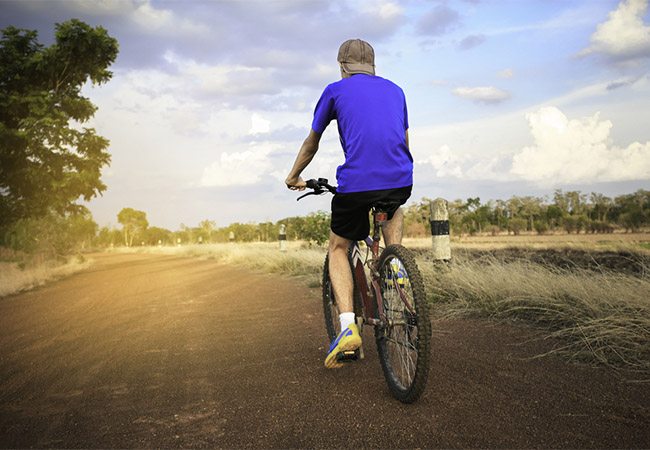
Why correct Bikefit is crucial for beginners and the risks of getting it wrong
Getting your bike fitted to your body is crucial for beginner cyclists to avoid injuries down the line. If your bike is not fitted through a professional fitting service and you rely on feel alone to find the right position, you risk teaching yourself poor technique,...
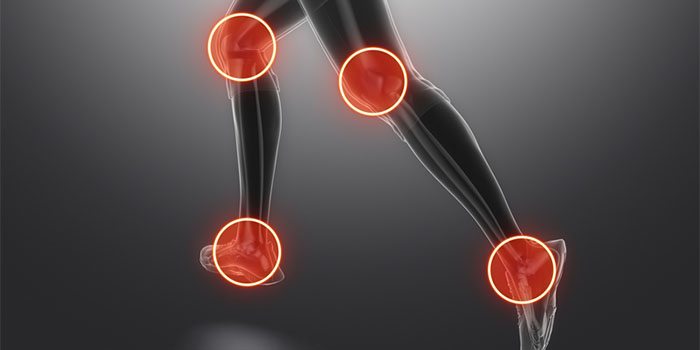
Avoid overuse injuries while training and how to identify them
Overuse injuries can appear as sudden, agonising flare-ups of pain, commonly affecting the tendon that seem to come out of nowhere, or they can manifest as nagging ongoing pain that is somewhat manageable but restricts training or performance. Either way, overuse...
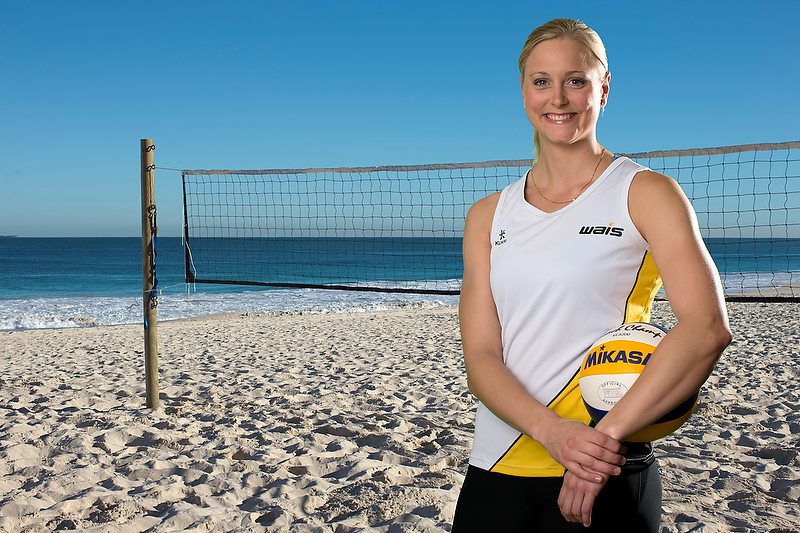
Tara West knows Best: Get that shoulder rotating!
So you have all heard me harp on, time and time again, about the importance of strength training for volleyball players. A recent article in the British Journal of Sports Medicine identified strength training as the most effective way to reduce the risk of injury in...
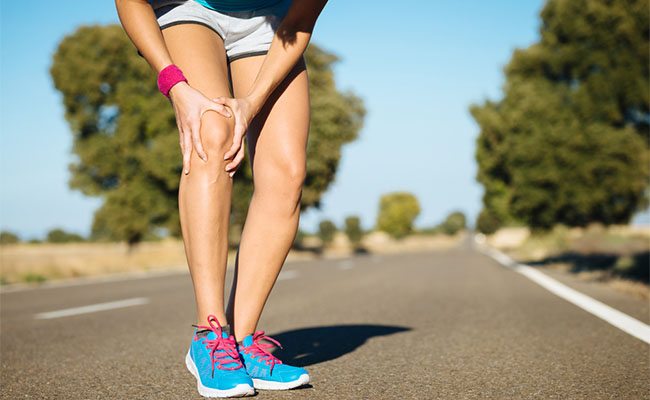
Causes and treatment of ITB syndrome
The term ITBS gets thrown around a lot in the sporting community, but it’s come to be misused as a kind of umbrella term for knee injuries. There are a lot of common misconceptions surrounding ITBS, or iliotibial band syndrome, which can lead to home treatments doing...

